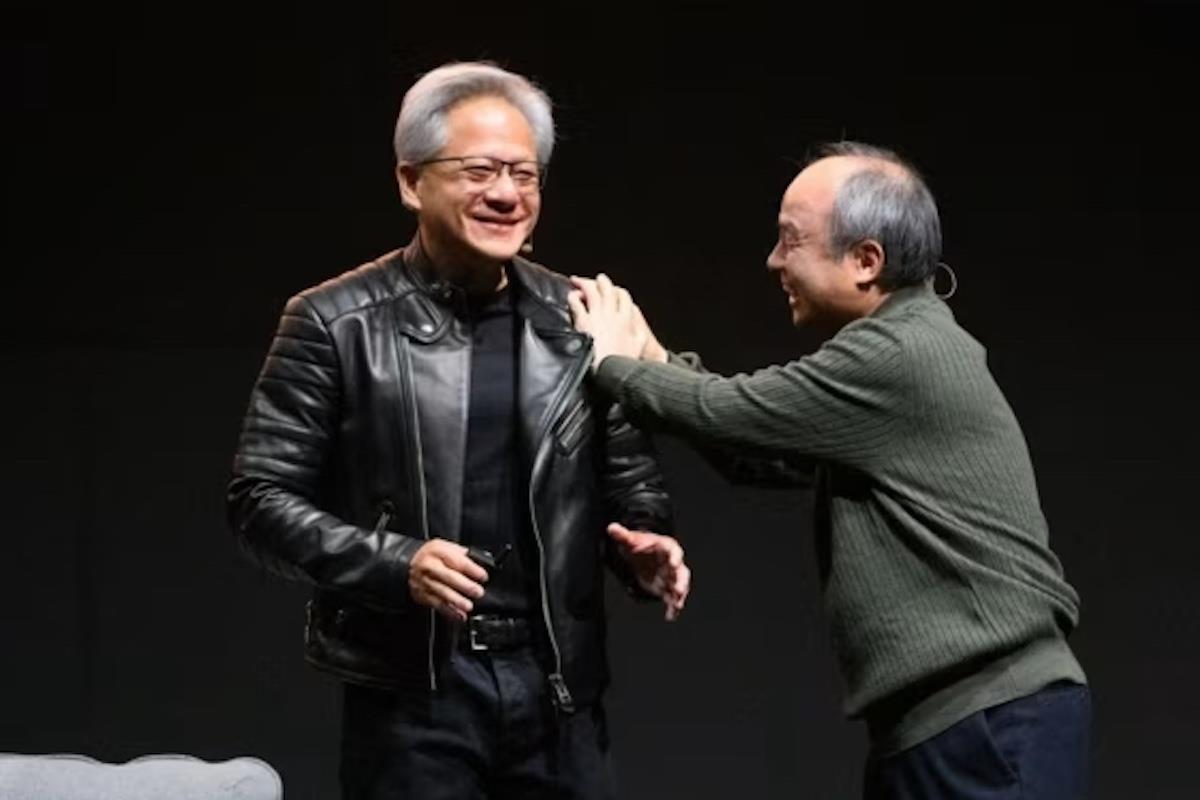
Thai-Cambodia Ceasefire Collapse Shows Limits Of Trump Peacemaking
Barely three weeks after the Trump–Anwar-brokered deal was hailed as“historic” by the White House, the two neighbors have returned to recriminations and mistrust. The spark was a landmine explosion in Sisaket province that seriously injured several Thai soldiers.
But the real cause lies in the uneasy mix of external coercion, domestic politics and the deep historical fault lines that no Trump-brokered handshake could bridge.
Signed at the 2025 ASEAN Summit, the truce was probably born out of exhaustion as much as diplomacy. After deadly border clashes in July, Malaysia's Prime Minister, Anwar Ibrahim, as the 2025 ASEAN Chair, worked hard to facilitate a ceasefire.
Yet the decisive leverage came from Trump, who threatened to impose sky-high tariffs if both governments failed to comply.
Latest stories
Softbank's Nvidia dump signals return of 'The Big Short'

Bill Gates drops a climate bomb on COP30

Cybernetic bridge between US and China in AI
Though described by some as a“comprehensive ceasefire”, provisions such as withdrawal of heavy weapons, joint de-mining and the exchange of prisoners were ambitious for two militaries that barely trust each other's field commanders, let alone political pledges.
The truce's fragility was apparent from the outset. It left untouched the structural issues that underpin the conflict – unresolved territorial claims, nationalist sentiment and political rivalry – not to mention swirling allegations of dodgy business dealings between Thailand's previous ruling Shinawatra clan and Cambodia's ex-premier Hun Sen.
As Matthew Wheeler of the International Crisis Group noted, the collapse was“predictable” because the agreement had been“plainly concluded to placate President Trump on matters unrelated to the conflict, namely, trade and Trump's desire to be perceived as a peacemaker.”
The tariff threat may have compelled signatures, but it did little to build the confidence required for sustained implementation. Once the economic leverage receded, so too did the incentive to cooperate.
Strategically, Thailand announced it would scrap levies and expand its feed-corn import quota next year to make room for American supplies, a concession to US trade negotiation demands, on the same day it suspended the Cambodia ceasefire.
The recent landmine blast may well have been caused by old war relics, as Phnom Penh maintains, but it immediately reopened questions of culpability, revealing the depth of the trust deficit.
Domestic politics compound the impasse. In Thailand, a fragile coalition government and the military's enduring influence have made nationalist posturing politically enticing, especially with elections on the 2026 horizon. Standing firm against Cambodia resonates with voters still shaped by the memory of the 2011 temple clashes.
In Cambodia, Prime Minister Hun Manet remains in consolidation mode amid a dynastic handover from his long-ruling father, Hun Sen, and cannot afford to appear weak in dealing with Bangkok. For both sides, confrontation is a useful political resource, one that sustains rather than defuses strategic tensions.

Sign up for one of our free newsletters
-
The Daily Report
Start your day right with Asia Times' top stories
AT Weekly Report
A weekly roundup of Asia Times' most-read stories
The Kuala Lumpur accord was, in essence, a tactical pause framed as a strategic breakthrough. It lacked the institutional depth, monitoring infrastructure and local legitimacy needed to endure.
Trump's involvement delivered spectacle without substance, while Anwar's role lent regional symbolism but not sustainable enforcement. What followed was a familiar sequence: a ceasefire that collapses under its contradictions, leaving both sides trading blame while avoiding structural change for lasting peace.
While this episode once again highlights ASEAN's lack of robust conflict resolution mechanisms, this is not fundamentally an ASEAN issue. The fault lines lie in the political choices and strategic incentives of the two states involved.
No regional architecture can substitute for shared political will. Without it, even well-intentioned third-party efforts will founder.
Shawn W. Crispin contributed reporting from Bangkok.
Sign up here to comment on Asia Times stories Or Sign in to an existing accounThank you for registering!
An account was already registered with this email. Please check your inbox for an authentication link.
-
Click to share on X (Opens in new window)
Click to share on LinkedIn (Opens in new window)
LinkedI
Click to share on Facebook (Opens in new window)
Faceboo
Click to share on WhatsApp (Opens in new window)
WhatsAp
Click to share on Reddit (Opens in new window)
Reddi
Click to email a link to a friend (Opens in new window)
Emai
Click to print (Opens in new window)
Prin

Legal Disclaimer:
MENAFN provides the
information “as is” without warranty of any kind. We do not accept
any responsibility or liability for the accuracy, content, images,
videos, licenses, completeness, legality, or reliability of the information
contained in this article. If you have any complaints or copyright
issues related to this article, kindly contact the provider above.

















Comments
No comment